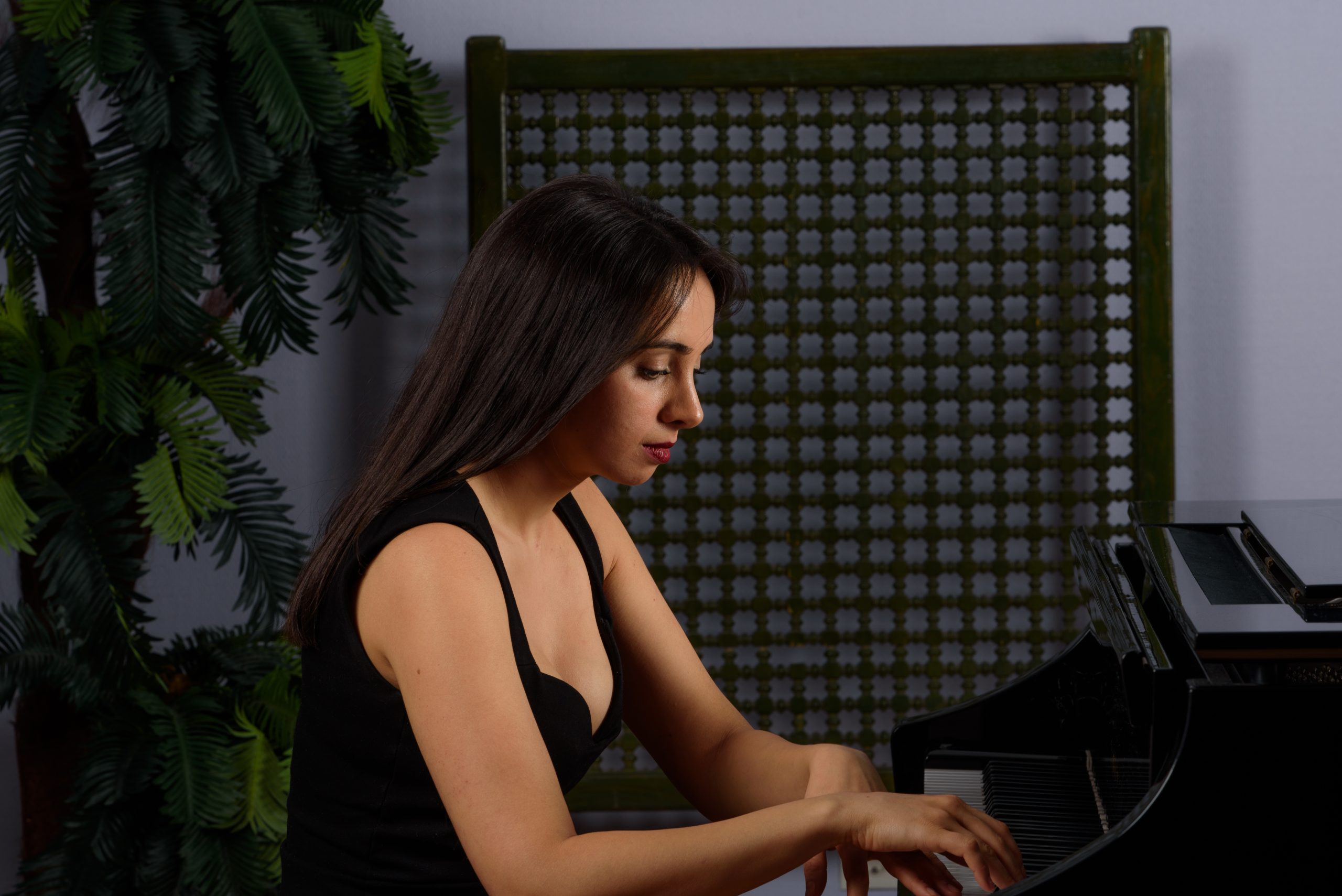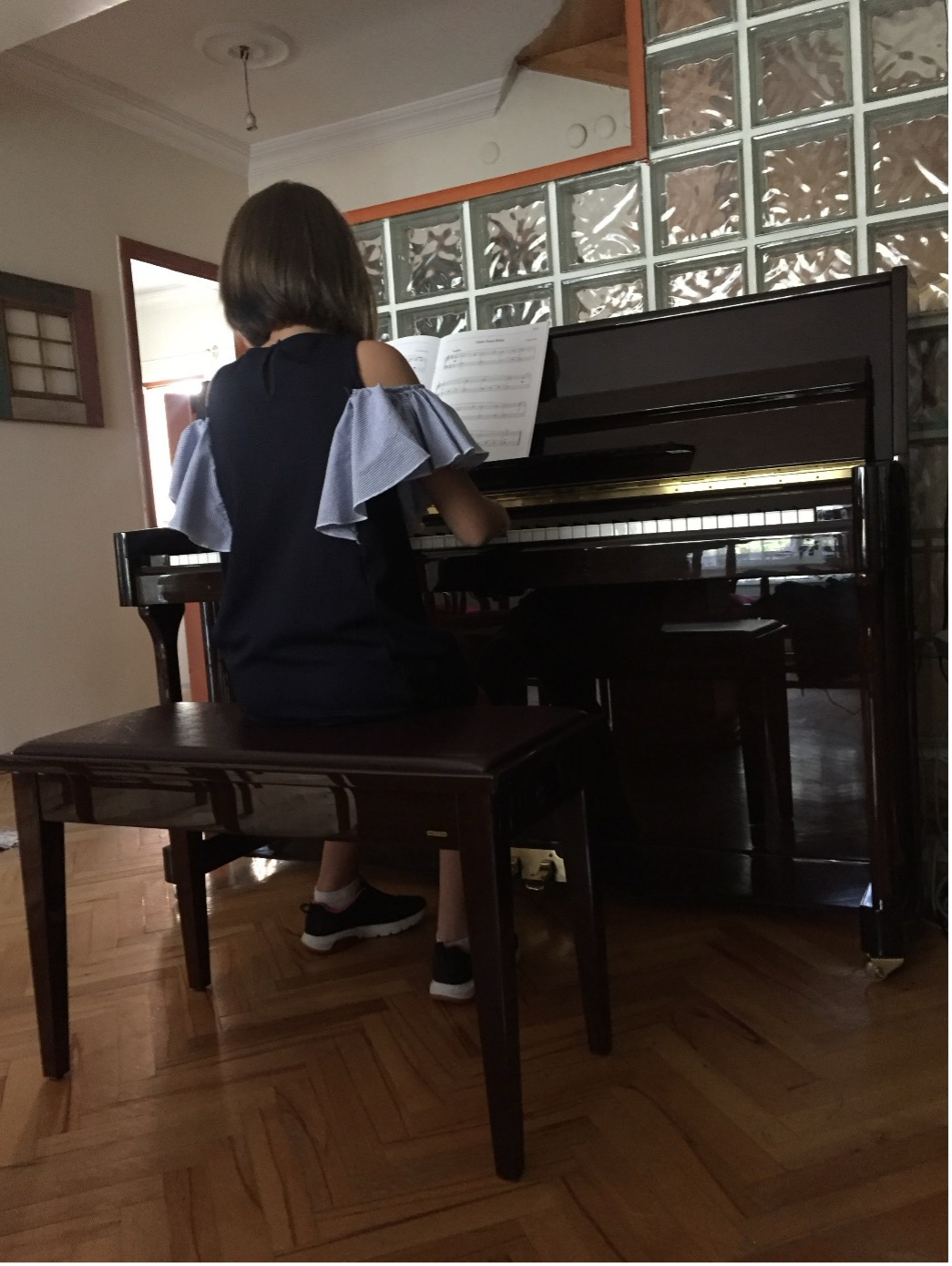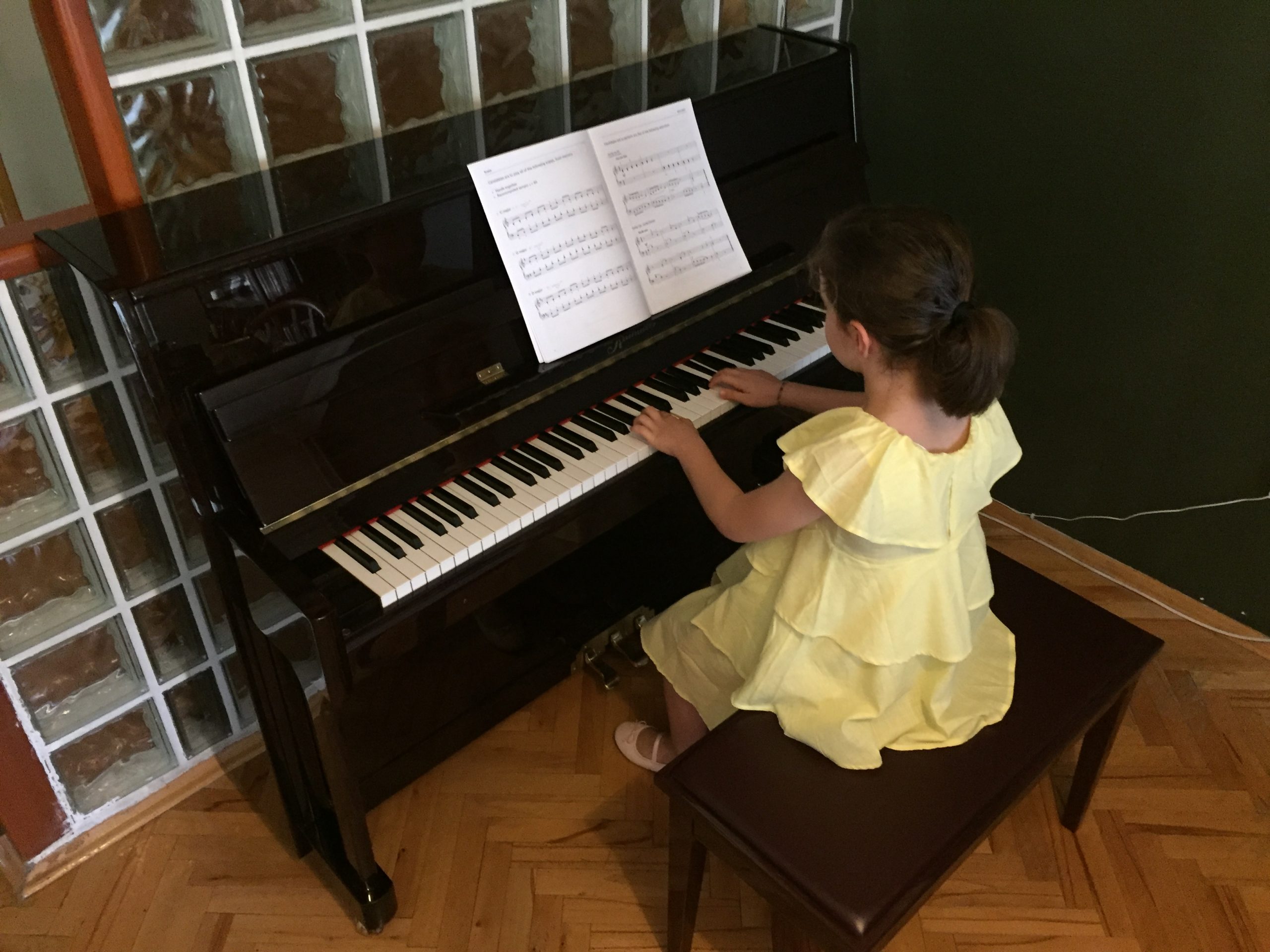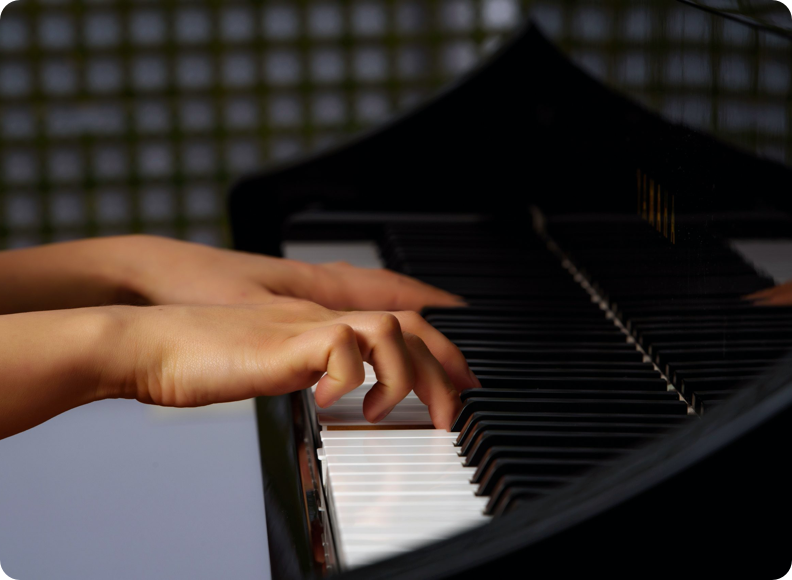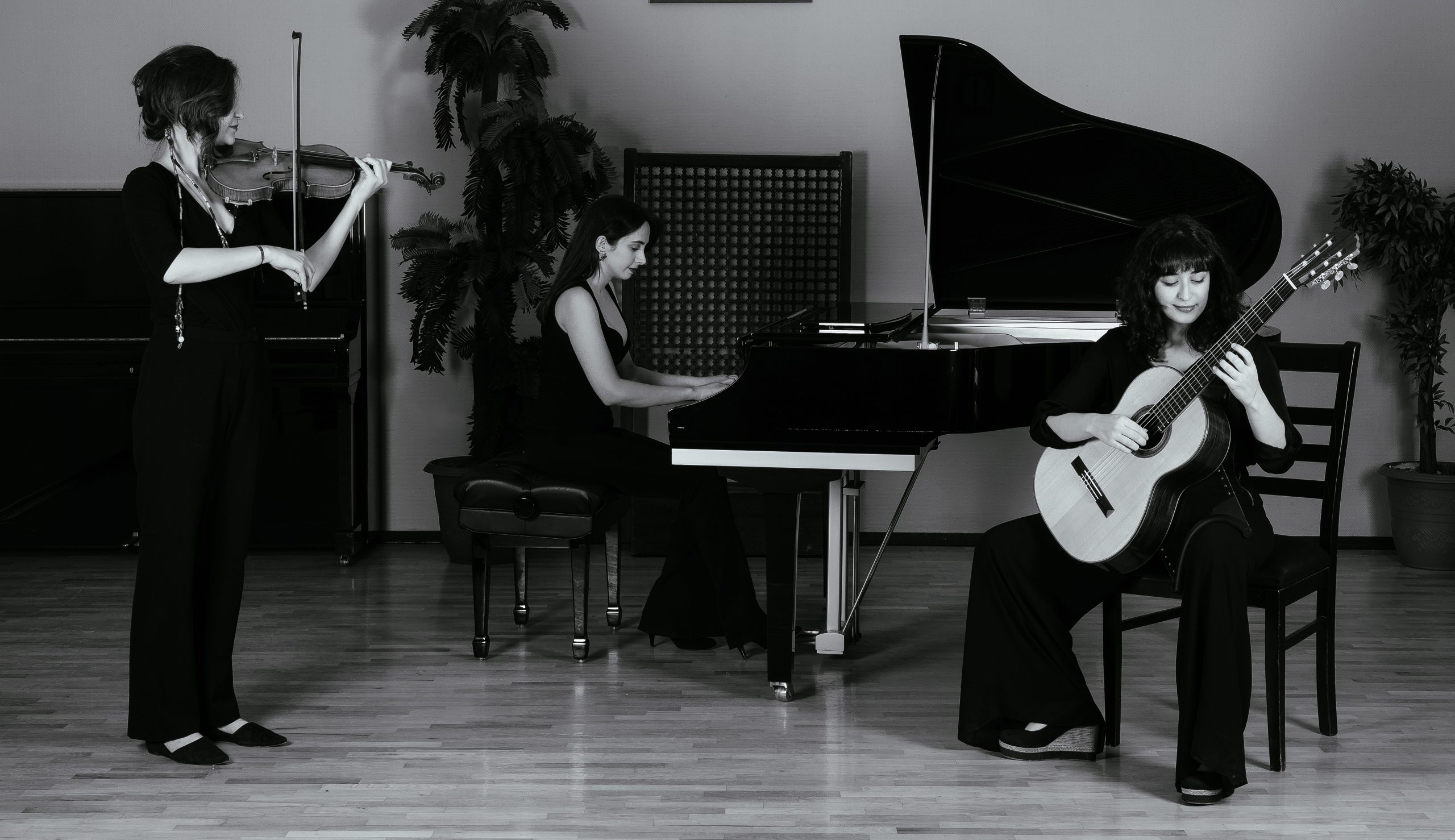Piano Lessons
The piano is an instrument consisting of eighty-eight keys that produces sound when the hammers attached to the keys hit the strings. The first piano was made by Bartolomeo Cristofori in Florence, Italy in the 1700s. Cristofori's greatest achievement was that he created a solution to the basic mechanical problem of the piano, that the sound was not dampened by the impact of the hammer when the hammer hits the strings, and that the hammer can be detached from the strings very quickly and the note can be played again.
He produced around 20 pianos until his death in 1732. The years when the piano came closest to its current state are the years of Beethoven's life.
The development of instruments took many years, so when interpreting a music, the period in which the piece was written should be interpreted by considering the musical approach of the composer and the technical possibilities of the instrument at that time. Only in this way can we understand and live music. The piano is a realy important for composers like a paper, pen, as it has a 7.5 octave pitch. The instrument with the largest literature after the opera literature is the piano, which puts the piano in a very large place in the history of music.
In addition to the different actions of the two hands on the piano, it puts the body into a very complex coordination when it is necessary to use the pedal. With this feature, the instrument is of great importance for mental development and health.
Request for Music Lessons
If you would like information about lessons, please complete the online lesson request form below.
